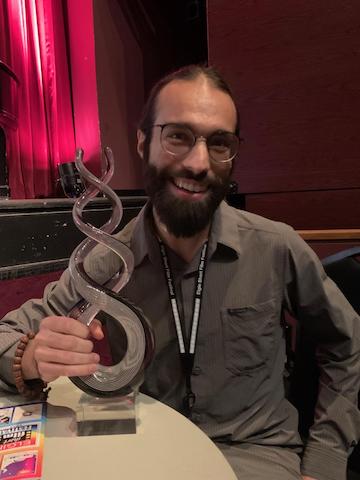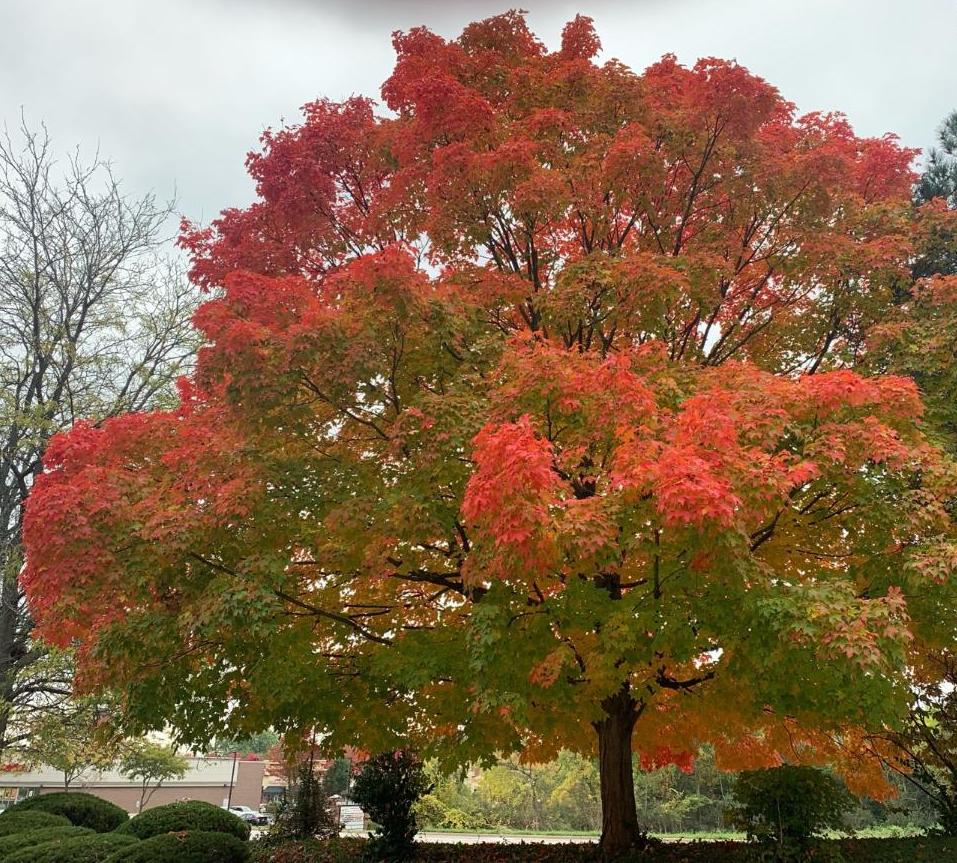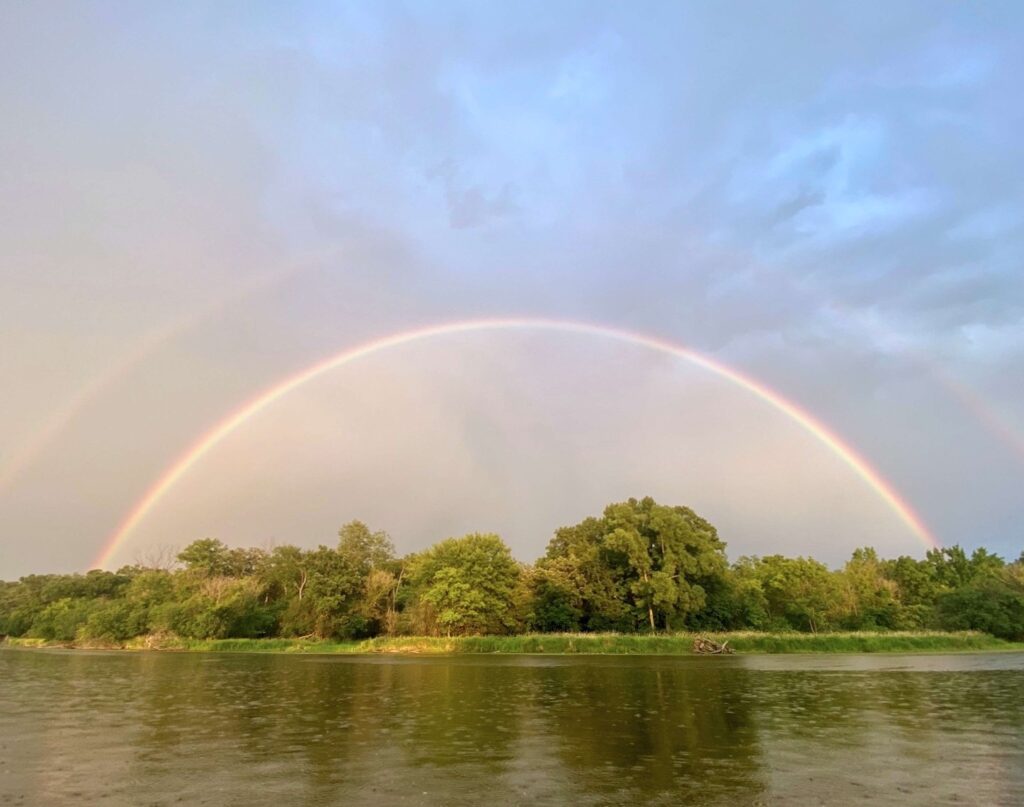Culturally, we are entering a giving season. Thanksgiving, Giving Tuesday, and religious holiday extravaganzas lie ahead. They are all performed with good intentions, as part of our traditional celebrations, and filled with gratitude. Our give-and-take exchanges are culturally oriented. Often the waste resulting from over-producing food, gift creation, and wrapping and decorations are problematic. In contrast, exchanges in the natural world are constantly occurring, but waste is not. Humans are infants as far as species maturity goes; we have much to learn. Maybe we should pursue some lessons from nature on the practice of giving and taking.
Nature Knows Best
Mother Earth has been producing, consuming, and restoring its balance for eons. In the very complex natural world, there is no waste. Everything produced is consumed and converted to food or other resources for something else’s use. Some conversions are rapid and some are very slow. The biosphere is the collection of the ecosystems (forests, prairies, wetlands, etc.) where interactions between the abiotic (non-living nutrients, water, air, etc.) and biotic (living plants, animals, etc.) factors take place There, energy is neither created nor destroyed with quite an efficient set of systems of constant exchange.
Trees as an Example
Beginning life as a nut or seed, the sprout can sense gravity and knows which direction to reach up for the sun’s energy and which direction to search for water and nutrients. The energy stored in that little nut powers the sapling until it can create food to nourish branches and root growth. Collecting ultraviolet radiation, water, and carbon dioxide, the leaves manufacture food for self-growth and provide nutrition for other organisms. Many organisms, from lichens and moss to insects and birds, congregate to enjoy the habitat a tree provides with its roots, trunk, and canopy. Flowers and leaves attract many diners. When the economy of low sunlight dictates a storage phase, the trees harvest and store chlorophyll and seemingly abandon their leaves. But those leaves still have much to give as they insulate tree roots and hold moisture for surviving an arid winter. Within the leaf litter begins a whole new community of decomposers and eggs overwintering. In the spring, eggs hatch to begin insect life cycles and many provide essential food for birds. And it continues.
The Economy of Nature
In nature, there are occasional excesses, like this year’s oak masting (an unexplained abundance of acorns) and scarcities. In a diverse system, these extremes are absorbed and balanced by other members of the community; it is a community economy. Production is for the benefit of the whole. Losses are shared as well such as in times of extreme weather like drought or after a fire. Diversity in an ecosystem leads to stability.
The Gift Economy
In a gift economy, resources are offered without expectation of getting something in return; wealth is common property, and the goal is sustainability. Growth and prosperity come from sharing resources. Nature knows best and excels in this strategy with many examples. When Indigenous Americans walked the trails that are now our streets, they observed and copied nature’s gift economy. They developed an understanding and a relationship of coexistence with Mother Earth, like not taking so much that the gifts would not be available in the future. Indigenous people had ceremonies making offerings back to the Earth in gratitude. Giving/sharing with individuals to strengthen the whole was fundamental. Even today, several cultures don’t allow individual poverty within their community.
Capitalism Private Enterprise
Then came a very different way of thinking about the natural environment and each other as humans. An ownership intellect resulted in environmental destruction and cultural classes which worked well for a few but was not sustainable for the community as a whole. Our settlement history of how we treated the environment, Indigenous Americans, African Americans, and a host of other groups is not anything to be proud of. Recall that humans are relatively new to on this planet and have much to learn.
Restoration
We had a social awakening 50+ years ago, and collectively we began a period of restoring the health of the planet. We had a shift, and improved water quality on the Fox River is evidence of that effort. We are also experiencing (though very minor and slow) a cultural shift toward our human relations in areas like Conscious Capitalism. Conscious Capitalism promotes the idea that businesses should have a higher purpose beyond just making money; they should instead aim to make a positive impact on society, contribute to the well-being of stakeholders and the environment, and build mutually beneficial relationships.
Friends Take Care of Friends

Friends of the Fox River (FOTFR) is very grateful for our many generous Friends. We are building a watershed community of caretakers. We have a reputation and growing record of demonstrating that together, we keep on fixin’ the Fox. We do our work through advocacy, education, and restoration. We cannot do our work without our many Friends and partners supporting our initiatives. Support comes from numerous sources in a variety of ways. New Friends are sharing that they love what we are doing and want to be part of it.
A Big Year for FOTFR

This past year, we expanded our very dedicated, generous, and hard-working Board of Directors. Jenni Kempf assumed a newly created full-time position as Director of Educational Programming and Operations. Consequently, our educational services expanded significantly. The film, Watershed Warriors was released, and we had an outpouring of Friend support celebrating our work. Volunteer activity has increased, and our financial support has too. We have new service contracts with municipalities, new business partnerships, more social media followers, and more contributing Friends. We have continued all our regular programming and events during this growth period.
Offering Thanks by Giving
As demonstrated by so many Friends with the It’s Our Fox River Day (IOFRD) celebration, we are offering our gifts to the Fox River. We do that by fulfilling our mission of caretaking through advocacy, education, and restoration. Thank you to ALL our Friends who join and support our efforts. Please encourage others to visit FOTFR.org and subscribe to the Watershed Weekly newsletter for education and entertainment. In the season of giving, please consider the importance of financial support of FOTFR. As Friends, we are giving by protecting, maintaining, and restoring a healthy Fox River Watershed.






